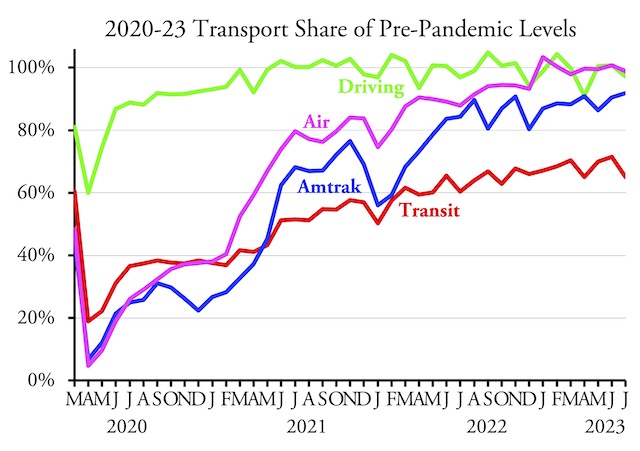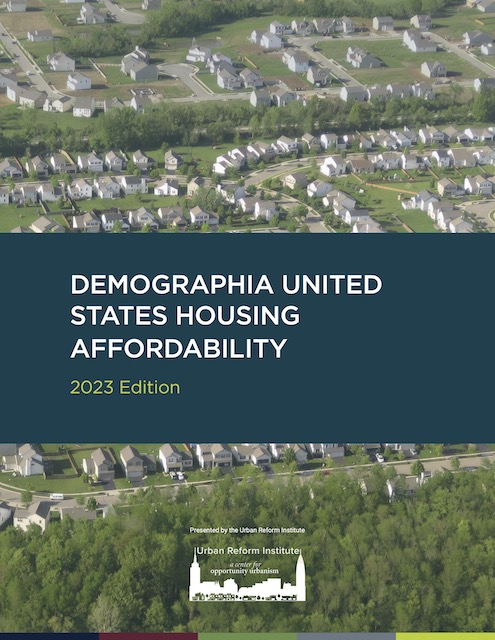All during the debate over the 2021 infrastructure bill, President Biden kept talking about how much the country would benefit from high-speed rail even though there was no high-speed rail in his own version of the bill. He seems to be having another senior moment with his proposal to build a railroad from India to Europe via Saudi Arabia and United Arab Emirates.
The problem with this plan is there are 600 to 700 miles of Arabian Sea between India and United Arab Emirates. If you are shipping from India to Europe, once you transfer cargo from a train to a ship, you might as well run the ship all the way to Europe because it costs a lot less than transferring the cargo back to a train and running a train to Europe. Continue reading














